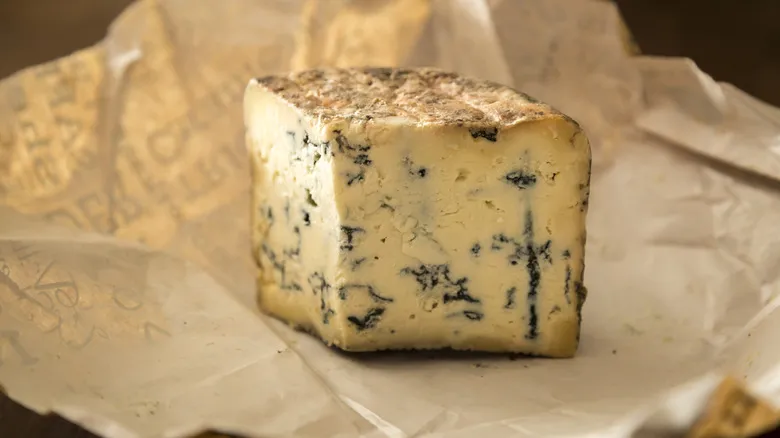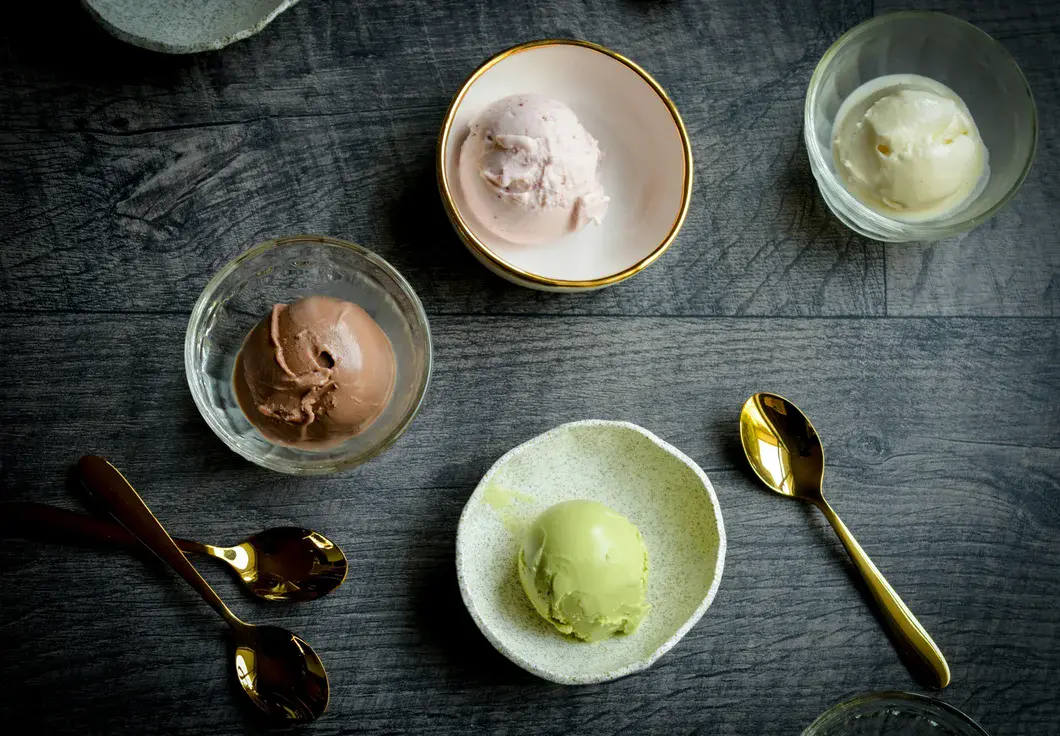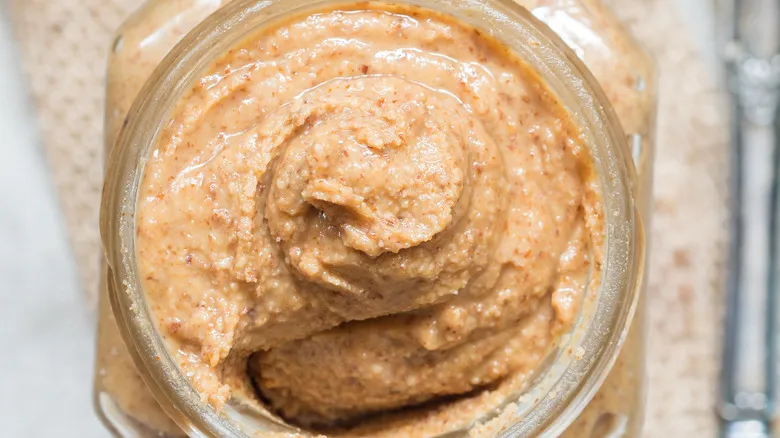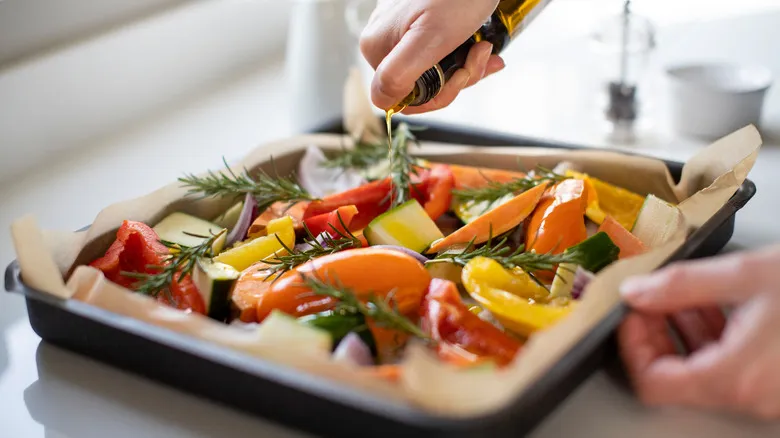The science behind blue cheese mold

We understand that the idea of consuming mold can be a bit unappealing. However, you can be confident that the blue cheese you purchase from the store or enjoy at a restaurant is made in a safe and controlled setting. Learning about the science behind blue cheese and its unique mold might even persuade you to appreciate it as well. Cheesemakers introduce Penicillium after the curds have formed. The curds are then salted, shaped into wheels, and pierced with needles to create small air pockets before being aged for two to three months. These air pockets are essential, as they allow oxygen to promote mold growth throughout the cheese, creating those distinctive blue-green veins.
While the mold may give the cheese a somewhat funky aroma, it also contributes to the rich, salty flavor that pairs wonderfully with sweet fruits or can be melted into a savory, umami-rich sauce for pasta. Additionally, blue cheese offers several health benefits, being high in calcium, vitamin A, vitamin D, and potassium, among other nutrients. However, blue cheese can spoil, so if you notice any unusual colors, like pink or yellow, it's best to discard it. If you still find it hard to accept that blue cheese contains mold, that's perfectly fine. But for those who enjoy bold cheeses, rest assured that the mold in blue cheese is completely safe. So go ahead and dip that chicken wing into a generous serving and savor the experience!
Recommended
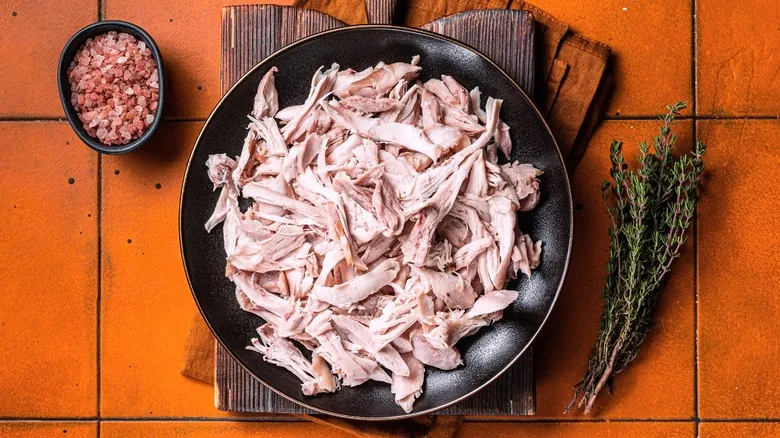
Is It Safe To Eat Pink Chicken? The Answer Is More Complicated Than You Think
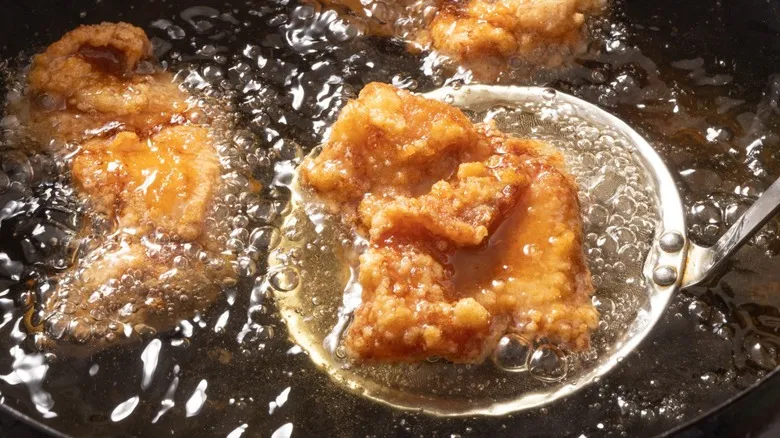
What's The Real Difference Between Deep-Frying And Pan-Frying?
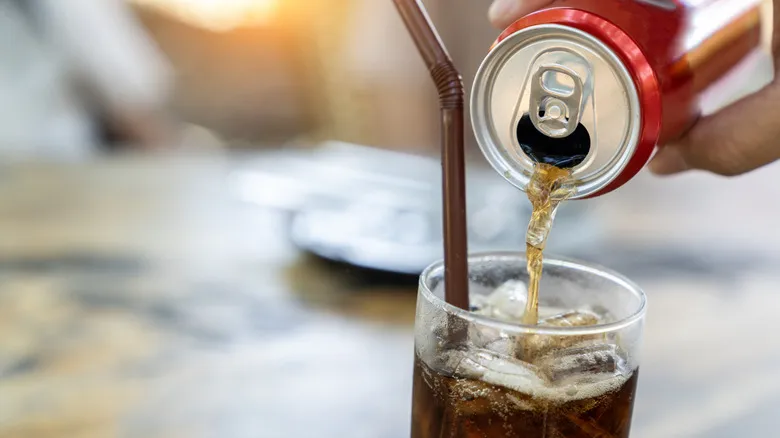
Can Soda Actually Go Bad?
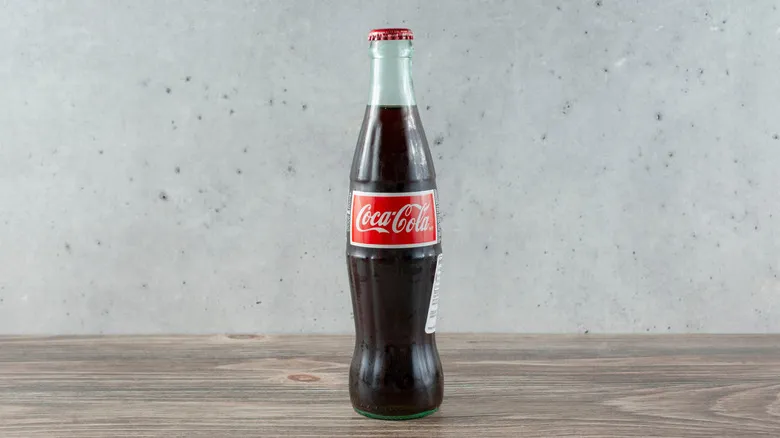
What Makes Mexican Coke Taste Different From American Coke?
Next up

